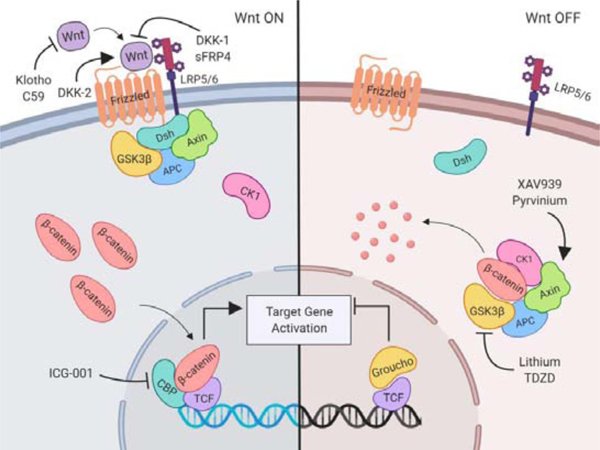Figure 1. Canonical Wnt/β-catenin signaling pathway and pharmacologic pathway mediators.
Wnt ligands bind online but to Frizzled and LRP5/6 leading to Dsh recruitment of the β-catenin destruction complex, including GSK3-β, Axin, and APC. This prevents the degradation of β-catenin, allowing for cytosolic accumulation and nuclear translocation. In the nucleus, β-catenin and CBP form a complex to displace Groucho and bind to TCF, activating transcription of TCF family target genes. Early pathway inhibitors include C59 which prevents secretion of Wnt ligands; Klotho binds to and sequesters Wnt ligands86; DKK-1 binds to LRP5/6 to prevent Wnt binding; sFRP4 binds Wnt and Frizzled to disrupt signaling; and DKK-2 binds to LRP5/6 to enhance binding of Wnt. Several pharmacologic agents alter the activity of components of the destruction complex, including lithium and TDZD-8, which inhibit the activity of GSK3-β and GSK-3, respectively, and prevents β-catenin degradation. Pyrvinium prevents Axin degradation and XAV939, a tankyrase inhibitor, stabilizes cytosolic Axin with both compounds leading to enhanced β-catenin degradation87, 88. ICG–001 binds to CBP and reduces β-catenin interactions with TCF, thus blocking β-catenin/TCF-dependent target gene expression. This figure was created with Biorender.com. Abbreviations: LRP5/6, low density lipoprotein (LDL) receptor related protein 5/6; Dsh, disheveled; GSK3-β, glycogen synthase kinase 3-β; APC, adenomatosis polyposis coli; CBP, cAMP response element-binding (CREB) binding protein; TCF, T-cell factor; DKK-1, Dickkopf-1; sFRP4, secreted Frizzled-related protein 4; DKK2, Dickkopf-2; TDZD-8, thiadiazolidinone 8; CK1, casein kinase 1.

